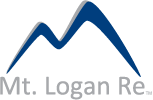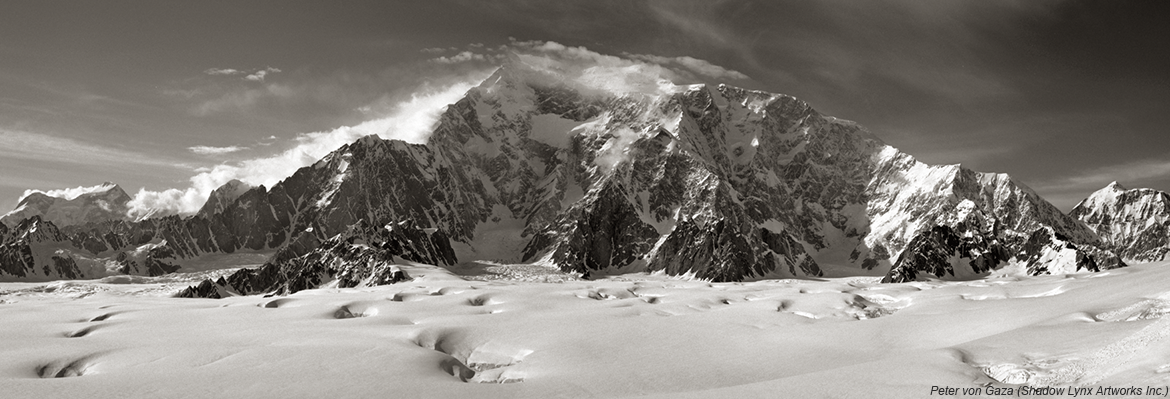| Everest Re benefits from higher Mt. Logan Re fee income in H1 2017 |
| By ARTEMIS on 7/27/2017 |
|
Reinsurance firm Everest Re benefited from an increase in the fee income it earns from its third-party capital backed collateralized reinsurance sidecar-like vehicle Mt. Logan Re, as lower levels of catastrophe losses helped the reinsurer to a greater share of profits. Catastrophe losses hit Mt. Logan Re during 2016, as they did most collateralized reinsurance vehicles which underwrite at similar attachment levels to Everest’s, so the respite from major cats has helped the reinsurers earnings this year, resulting in a higher profit share for the firm. “The increase reflects the lower level of catastrophe losses during the first half of 2017 compared to 2016, resulting in a higher profit share to Everest,” Howie confirmed. A quiet quarter with no major catastrophe events to speak of has helped a lot of collateralized vehicles and ILS funds to better returns in Q2, although a number have also suffered on the attritional loss side due to the severe convective weather in the United States. Mt. Logan Re saw a little growth to reach $949 million in the second-quarter, as Everest Re increased its use of third-party capital as a lever to propel further growth. Using alternative sources of reinsurance capital in order to optimise the portfolio, take advantage of capital efficiencies, lower the cost-of-underwriting-capital and earn fees by putting risk underwriting and management expertise to work, is the theory behind with any third-party capital vehicle like Mt. Logan Re. With higher fee income and a growing pool of capital in Mt. Logan Re, as well as its much increased catastrophe bond capacity, Everest Re is putting this theory to the test. |

